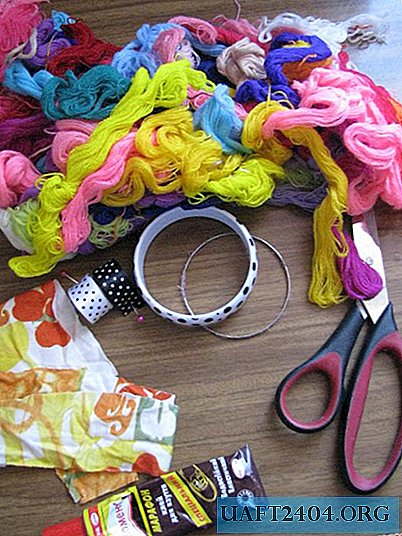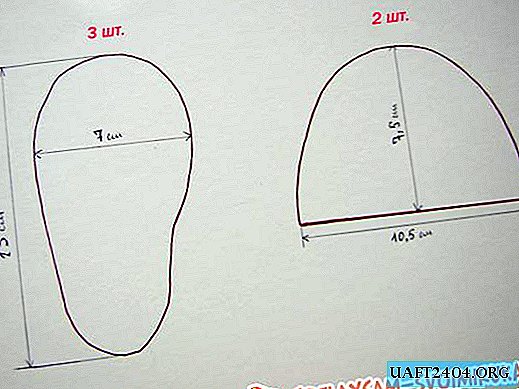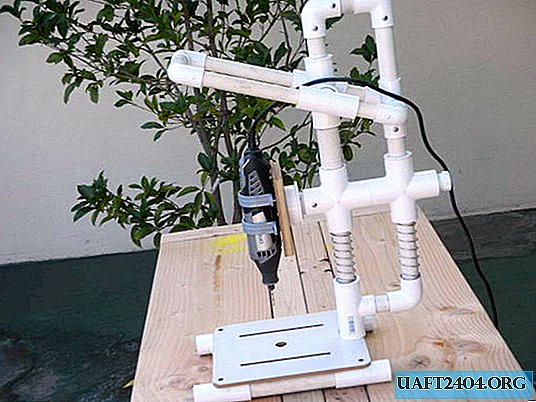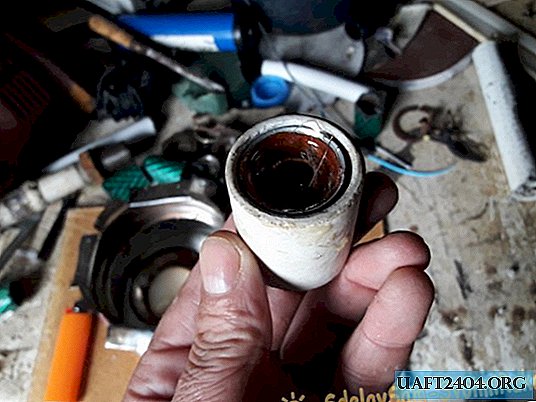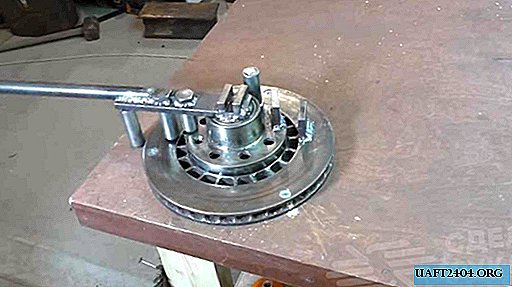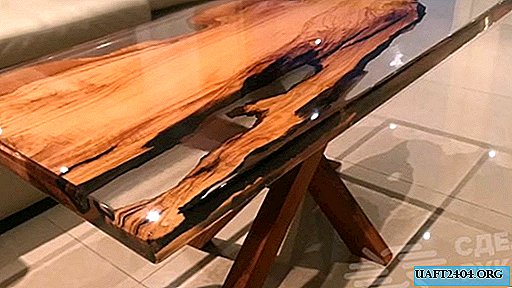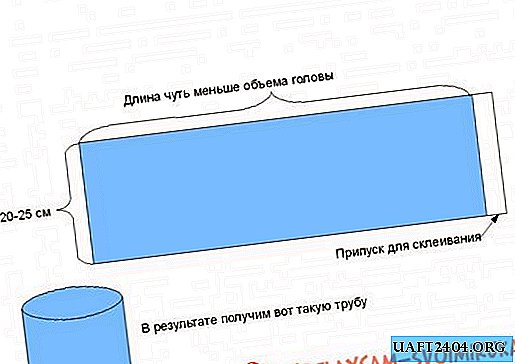Share
Pin
Tweet
Send
Share
Send
To work, we need:
- beads of light green and dark green colors for leaves;
- white beads larger for flowers (you can take small beads);
- wire for twigs with a thickness of about 0.2-0.3 mm;
- aluminum or steel wire for the formation of branches and trunk;
- threads for wrapping twigs (green or dark);
- gypsum or alabaster and a bowl for pouring it.
- paints.
We measure 40 cm of thin wire and cut off 18 pieces of such blanks. We begin to make twigs with leaves. To do this, dial 3 pcs of green beads, step back from the beginning of the 10 cm wire and make the first loop. Twist the wire a few turns. It turned out 1 leaf.
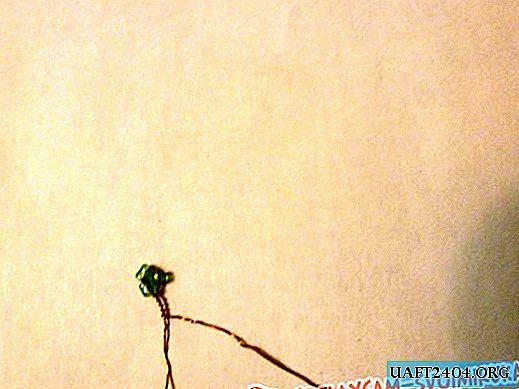
To depart from the first leaf-eyelet 1.5-2 cm and make the second eyelet. Also dial 3 pcs. beads and twist the wire for 2-3 turns. Continue to the end of the delay. Get about 5-7 leaflets-eyelets. Depends on how long the wire was measured and on the distance between the loops.

Now you need to find the middle leaf and fold the wire from it in half. If you get an even number of stitches, you can fold a non-symmetrical branch, then the bottom leaf will be without a pair. We twist the leaves together. Such branches need 18 pieces. These are small twigs.

Now make a big twig. To do this, we need a longer wire of about 50 cm, and the principle of operation remains the same, only the loops need to be made not 7 pcs., But 9 pcs. 3 pcs. beads in each. Large branches need to be made 21 pcs.

What apple tree without flowers? In order to make a branch with flowers, we need small white beads or large beads. We measure out 20 cm of thin wire. As in the manufacture of leaflets, we retreat about 10 cm from the edge of the wire and fasten 3 beads. We perform the usual twig, only a small of 5 loops.

We are far from retreating, only in order to make several turns of wire we fix the second loop. So we make 5-7 loops as small flowers. After that, we twist several turns of wire under the whole inflorescence to fix the twigs.
We make about 18-20 pieces of such branches. If you want more flowers, you can do more, but then there can be a lot of white on the tree.
We begin to form the apple tree itself. To do this, we need a thicker wire, best of all aluminum, it is softer and more flexible in operation. But steel wire is also suitable, then the tree will be more rigid.
Cut off about 20 cm of thick wire and make a branch. We will have 9 such branches.
To do this, with a thin wire or thread, we tightly wind the inflorescence to a thick wire. After 2 cm from this branch, apply a small branch of leaves and continue to reel. So we continue until we run out of leaves. On one branch approximately 2-3 small branches with leaves, 2-3 large branches with leaves and 2-3 inflorescences will turn out. You can make a full twig of inflorescences. The amount depends on how many blanks you made; there should be approximately the same amount in all branches.

We connect them together by 3 branches. Thus, we get 3 pieces of the main branches of which the tree itself will consist.

Now we connect all the branches together and form the trunk. It is advisable to add another 2-3 pieces of thick wire of the desired length, for density or a harder steel rod. Fix the branches tightly so that they do not ride up and down the trunk. Do not forget to leave at least one of the ends of the rod or wire for stable fixation of the tree, it is better if there are 2-3 ends, then the tree will be more stable

It remains to plant a tree. To do this, take the bowl, and lay out the bottom and walls with foil. This is to make it easier to pull out the finished tree when the gypsum hardens.

Spread the cast. Put a tree in the bowl, straighten all the ends of the wire and fill with plaster. You can also coat them with the lower part of the trunk.

When the gypsum has dried, remove the finished tree from the bowl, paint the stand and trunk with paints. You can decorate with beads, threads or just varnish. And you can leave it as it is.

Good luck in your work.
Share
Pin
Tweet
Send
Share
Send

